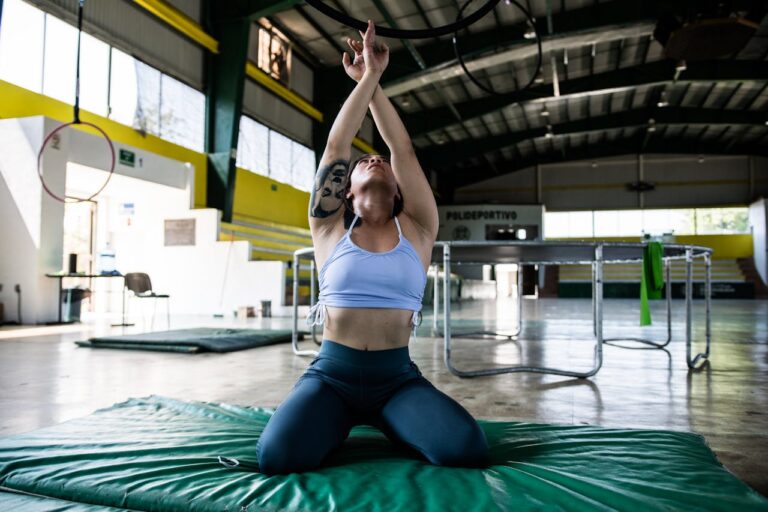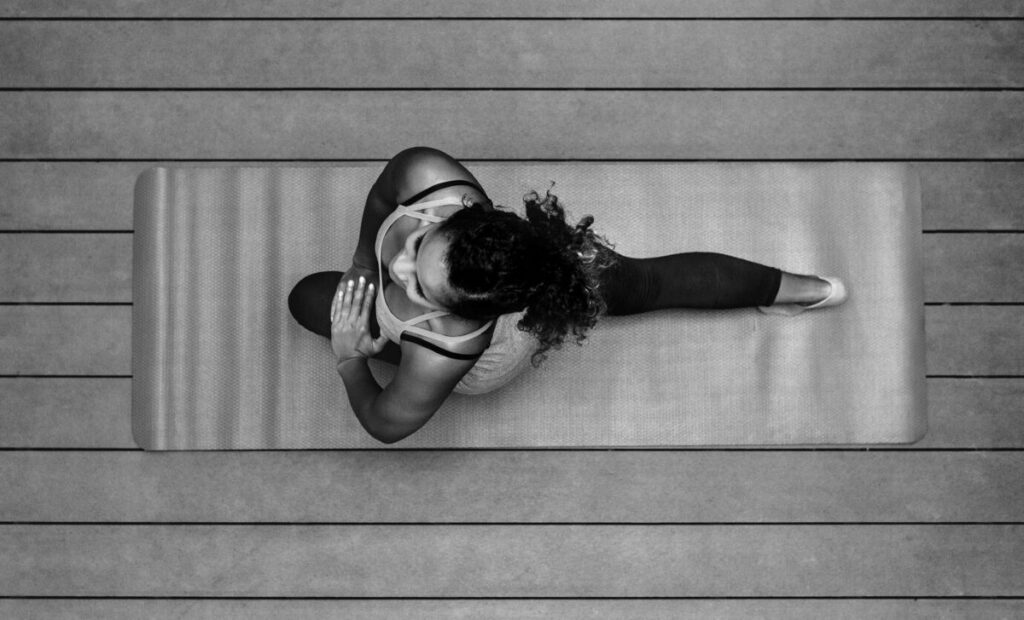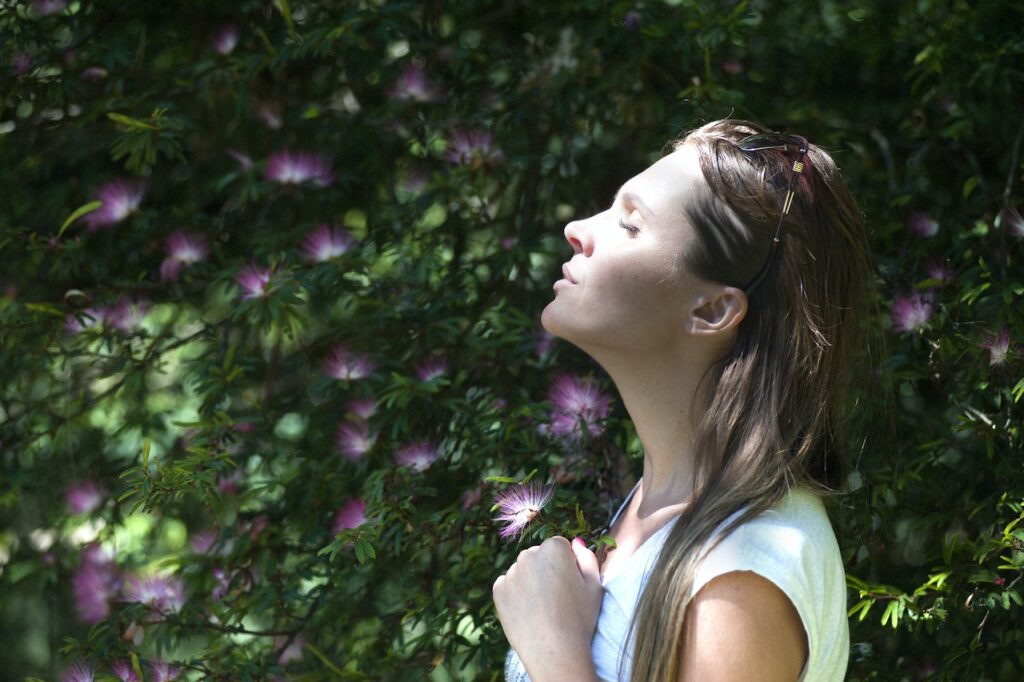For several years artistic monuments have adorned public squares in cities around the globe with abstract sculptures, murals, and street art. They have also decorated buildings, walls, parks, and open plazas. In some parts of the world, tours in large and small cities pay tribute to these artistic sculptures and monuments, allowing visitors to experience public art with self-guided walks and tours.
Public art is a communal activity. After all, it has a powerful effect on communities and neighbourhoods. Nevertheless, it can also draw dissenters. For example, a colossal 61-foot statue of Robert Lee in Virginia proved too large for demonstrators to topple after the death of George Floyd.
To symbolize their protest, the protestors covered the base of the large statue with the names of victims of police brutality and violence. The large sculpture was also covered with revolutionary symbols and anti-police slogans in several colours. The Confederate statue became a pilgrimage site. Many people who once avoided it took trips to see what has become an emblem of the Black Lives Matter movement.
Protestors in the United States also toppled a statue of Jefferson Davis, which had stood in Virginia’s Monument Avenue since 1907. Other Confederate monuments toppled and torn down included that of Williams Carter Wickham, Christopher Columbus, Robert Milligan, among several others. Since the death of George Floyd, more than 169 Confederate statues were removed in the United States.
Is Public Art Good for Cities?
While public monuments can draw dissent, they benefit communities and neighbourhoods. Because of their community-building power, public monuments can combat feelings of anxiety and social isolation. A study showed that when people in local communities participate in public art projects, this impacts their well-being and attitude.
Public art has economic benefits as well. It can create more jobs and increase tourism. Art-based tours are gaining a whole new meaning in many parts of the world. In cities like London, Brazil, and Texas, art bus and walking tours have funded artistic and communal art projects.
Public artwork and sculptures can also address a challenge a community or city wants to solve. For example, in some cities, monuments are illuminated to light popular walking trails and improve a neighbourhood’s safety.
How Public Monuments Benefit a Community
One of the most sentimental effects of public monuments and sculptures is their ability to make people feel represented. They can foster ties in a community and give people a sense of belonging.
They are also powerful tools for studying a city or community’s rich historical heritage. They allow both young and old to learn more about a culture or society. They also represent a community’s life.
When community members see themselves reflected in social spaces, including parks, public schools, and libraries, they feel a sense of respect for their country and culture. This ultimately makes people identify with the place they are from or living in.
Public monuments also contribute to the economic growth of a community. A monument attracts people to see an important national heritage that represents a country’s founding, independence, war, or the life achievements or death of a historical figure. This leads to foot traffic, which ends up benefiting surrounding businesses.
Like sculptures, art murals foster strong ties within a community or neighbourhood. When a community works on an art mural, it can forge a strong relationship between people living there. Artists who paint the murals also carry a trove of personal stories for each project they work on. This results in strong relationships rooted with the individuals who shaped these projects.
As our cities, towns, and communities evolve and grow, the artistic expressions we develop for them will also change. Our public spaces will embrace more divergent histories and identities to create projects that contribute to equitable cities, and promote welcoming and sustainable public spaces.
Aaron Levinson | Contributing Writer










